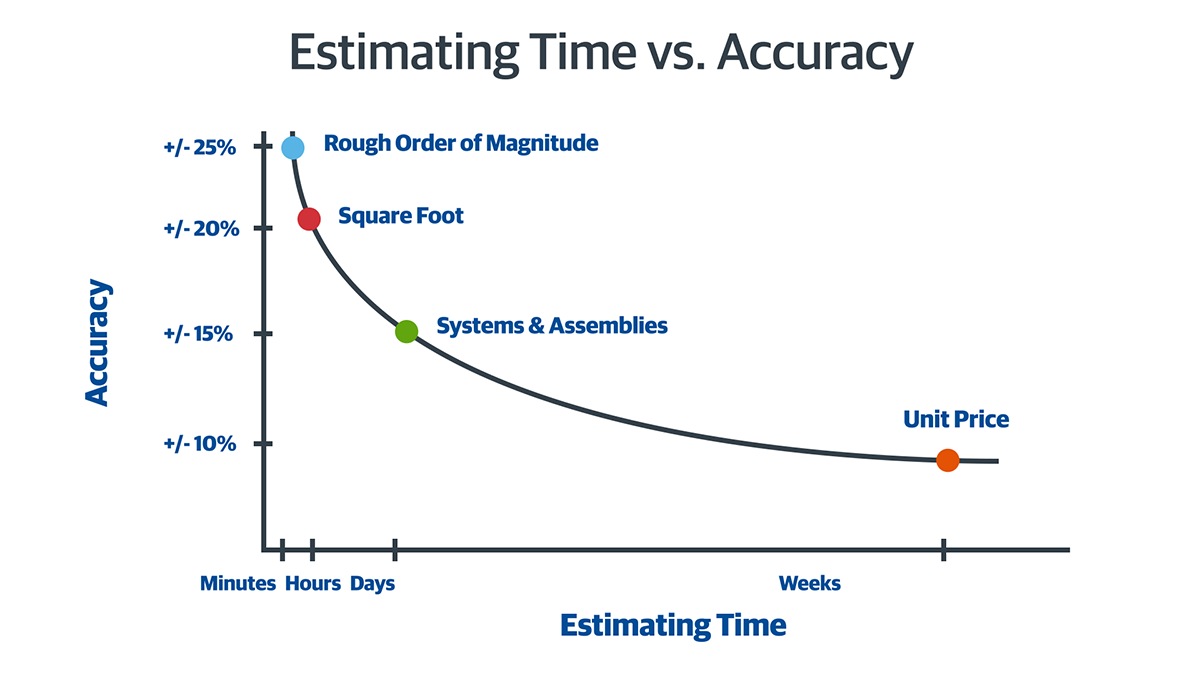Physiotherapy is a vital component of rehabilitation that helps individuals recover from injuries, manage chronic conditions, and improve overall mobility and functionality. In recent years, Physiotherapy At Home Abu Dhabi has gained popularity due to its convenience and personalized approach. This form of therapy allows patients to receive professional treatment in the comfort of their own homes, making it easier to adhere to prescribed routines and regain optimal health. Understanding the success rates of physiotherapy at home is essential for those considering this option, as it provides insights into its effectiveness and potential outcomes.
The Concept of Physiotherapy at Home
What Is Physiotherapy at Home?
Physiotherapy at home involves licensed physiotherapists delivering tailored treatment plans directly to patients in their residences. This approach eliminates the need for travel and waiting times associated with clinic visits, thereby enhancing the overall therapy experience. The treatment includes various modalities such as manual therapy, exercise prescriptions, and education about posture and ergonomics, all customized to meet individual needs.
Benefits of Home-Based Physiotherapy
The advantages of receiving physiotherapy at home include increased comfort, personalized attention, and better adherence to therapy routines. Patients often feel more relaxed and motivated when they are in familiar surroundings, which can positively influence treatment outcomes. Additionally, physiotherapists can assess the home environment to identify and modify factors that may hinder recovery, offering a comprehensive approach to health improvement.
Factors Influencing Success Rates
Individual Patient Factors
The success of physiotherapy at home depends significantly on individual patient factors such as age, severity of the condition, motivation, and compliance with prescribed exercises. Patients who are proactive and committed to their recovery tend to experience better outcomes.
Nature of the Condition
Certain conditions respond more favorably to physiotherapy. Musculoskeletal issues like back pain, joint stiffness, and post-surgical rehabilitation generally show high success rates with consistent therapy. Conversely, chronic or complex neurological conditions may require prolonged treatment and multidisciplinary approaches.
Quality of Physiotherapy Services
The expertise of the physiotherapist and the appropriateness of the treatment plan are critical. Skilled professionals who tailor therapies to individual needs and regularly monitor progress can significantly enhance success rates.
Evidence Supporting the Effectiveness of Physiotherapy at Home
Research Highlights
Multiple studies indicate that physiotherapy at home yields outcomes comparable to traditional clinic-based treatments, especially for musculoskeletal problems. The convenience of home sessions encourages adherence, which is a key factor in successful rehabilitation.
Patient Satisfaction and Engagement
Patients tend to report higher satisfaction levels with home physiotherapy due to its flexibility and personalized nature. Engaged patients who actively participate in their treatment often achieve faster and more sustained recovery.
Success Rates of Physiotherapy at Home
Overall Effectiveness
The success rates of physiotherapy at home are generally high, especially when treatment plans are followed diligently. While specific percentages vary depending on the condition and individual factors, many patients experience significant improvements in pain reduction, mobility, and function within a few weeks to months of therapy.
Long-Term Outcomes
Sustained benefits are common when patients incorporate recommended exercises and lifestyle modifications into their daily routines. Consistent follow-up and education provided by physiotherapists contribute to long-term success.
Enhancing the Effectiveness of Physiotherapy at Home
Patient Engagement and Education
Active participation, including adherence to exercise regimens and lifestyle adjustments, is vital. Physiotherapists often focus on educating patients about their condition and self-management strategies to promote independence and ongoing health.
Regular Monitoring and Adjustments
Periodic assessments allow physiotherapists to modify treatment plans based on progress, ensuring that therapy remains effective and aligned with patient goals.
Support Systems
Having a support system, such as family members or caregivers, can facilitate adherence and motivation, further improving success rates.
Conclusion
The success rates of physiotherapy at home are promising, especially when personalized care, patient commitment, and professional expertise align. This approach offers a flexible, effective, and patient-centered pathway to recovery, making it an attractive option for many individuals seeking rehabilitative care. As awareness grows and services become more accessible, physiotherapy at home continues to demonstrate its value in achieving optimal health outcomes.
FAQs
What conditions are most suitable for physiotherapy at home?
Musculoskeletal injuries, post-operative recovery, chronic pain management, and neurological conditions are among the most suitable for home-based physiotherapy, as they often require ongoing, personalized treatment.
How long does it typically take to see results from physiotherapy at home?
Results vary based on the condition and individual commitment, but many patients report noticeable improvements within a few weeks to a couple of months with consistent therapy.
Can physiotherapy at home replace clinic visits entirely?
Yes, for many conditions, physiotherapy at home can effectively replace clinic visits, providing the same quality of care and outcomes, especially when supervised by experienced professionals.
What role does patient motivation play in the success of physiotherapy at home?
Patient motivation is crucial; active participation and adherence to treatment plans significantly influence recovery speed and overall success, making engagement a key factor in home physiotherapy.
















Leave a Reply